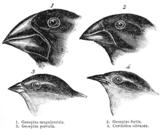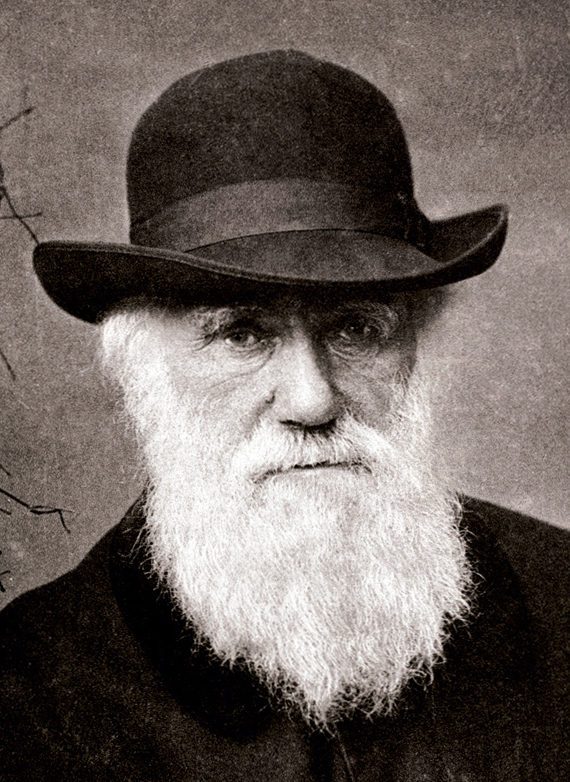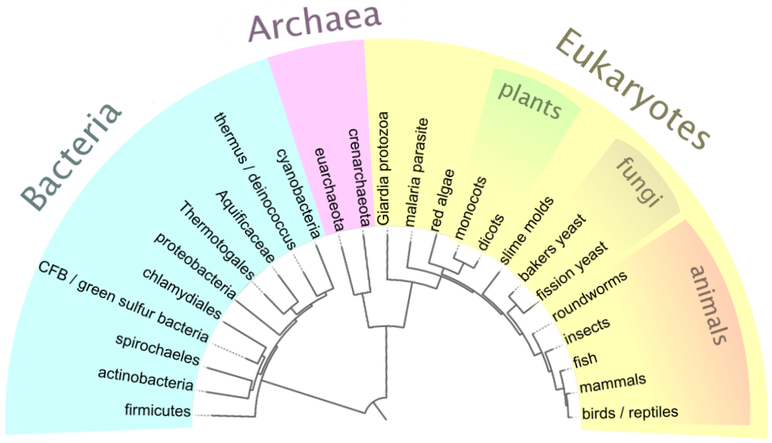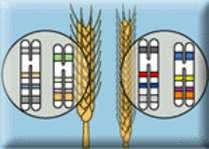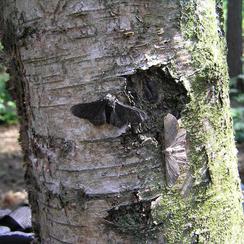 | ||||
Evolution & Natural Selection:
Role of Genetic Diversity, Relative Fitness
& Population Shift
Although Charles Darwin had been recording his thoughts on natural selection since his voyage on the HMS Beagle (1831 - 1836), his ideas didn’t become widely known until 1858, when he and Alfred Wallace released a joint scientific paper introducing the concept of evolution by means of natural selection. This paper, along with Darwin’s subsequent publication, The Origin of Species, transformed the way science and society understand our natural world.
Article Summary: We've all heard the phrase 'survival of the fittest' but how does it actually work? This article explores the basics of evolutionary theory and natural selection.
Evolution via Natural Selection: How It Works
 | ||||||
SPO VIRTUAL CLASSROOMS
Others, such as John Lamarck, George Cuvier, James Hutton and Charles Lyell had thrown their hats in the ring asserting their thoughts on evolutionary theory, but Darwin was the first to describe the mechanism by which new forms and species arise and evolve – natural selection.
Evolution and Natural Selection
What Is Evolution?
Biological evolution is change in the heritable traits of a population over successive generations; descent with modification.
Today’s species are related to each other through common decent (ancestors that they share) and are products of evolution over billions of years.
Page last updated: 11/2015
Classroom-tested Biology Homework Assignments
FREE from
ScienceProfOnline.com
You have FREE access to a large collection of materials used in a college-level introductory biology course. The Virtual Biology Classroom provides a wide range of free educational resources including PowerPoint Lectures, Study Guides, Review Questions & Practice Test Questions.
Charles Darwin ,1881,
72 years old.
Over very large stretches of time, evolutionary processes explain the origin of new species, occasionally the elimination of existing species and ultimately the vast diversity life on our planet.
What Is Natural Selection?
Natural selection is what drives evolution. It's the process in nature by which the organisms best adapted to their environment survive and are better able to transmit their genetic characteristics to the next generation.
Natural selection is the process.
Evolution is the outcome.
Key Concepts of Evolution by Natural Selection
The following are essential components of evolution via natural selection include:
Population Size is limited by the environment.
 | ||||||
SPO is a FREE science education website. Donations are key in helping us provide this resource with fewer ads.
Please help!
(This donation link uses PayPal on a secure connection.)
Genetic Diversity: Populations of individuals are genetically diverse. Even members of the same species have characteristics that very from one individual to the next. Many of those differences can be inherited.
Environment is the combined influences of both physical and and biological limiting factors. Biological limiting factors include disease, competition, predation. Physical limiting factors are abiotic, like drought, fire, flood.
Relative Fitness: In any given environment, some individuals have traits that put them at an advantage over individuals who do not possess those traits.
When environmental factors decrease an individuals reproductive success, the organism is “selected against” by nature.
Genes of these individuals will be reduced or eliminated from the gene pool. These individuals are less adapted to their environment, less fit.
Check out this
How does its appearance helps it catch prey and avoid predators?
Consider how, over time, a population of preying mantis’ could be “shaped” by natural selection to look like a flower.
When environmental factors increase an individuals reproductive success, the organism is “selected for” by nature.
Genes of these individuals will increase in frequency in the gene pool. These individuals are more adapted to their environment, more fit.
Typica and carbonaria morphs on the same tree. The light-coloured typica (below the bark's scar) is nearly invisible on this pollution-free tree, camouflaging it from predators.
